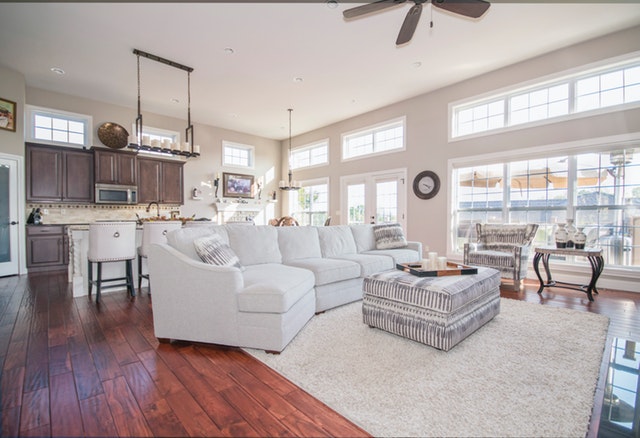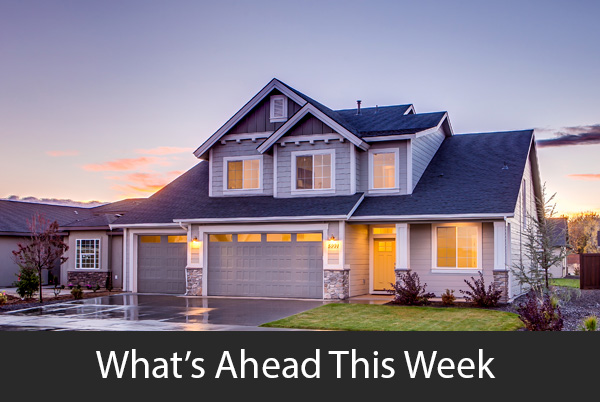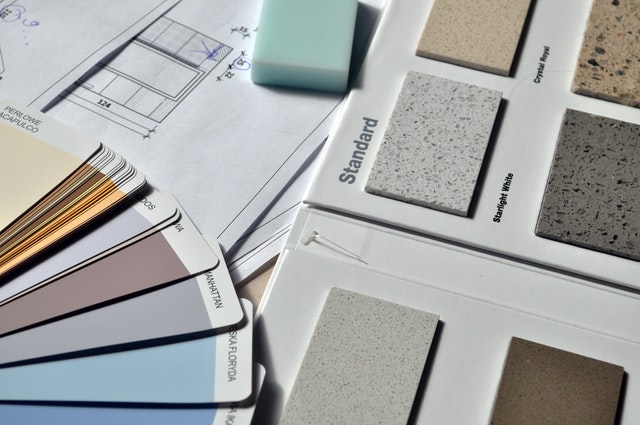Three Important Benefits Of An Open Floor Plan
 If you are looking for a new home, or if you are looking to renovate your existing home, you might have heard about something called an open floor plan. In today’s era of housing, this layout has become more popular.
If you are looking for a new home, or if you are looking to renovate your existing home, you might have heard about something called an open floor plan. In today’s era of housing, this layout has become more popular.
In an open floor plan, there is a single, large space that can act as multiple rooms all in one. Often, hallways, walls, and doors are left out. This makes the entire space feel more inviting. There are numerous advantages to this plan that everyone should keep in mind.
Added Natural Light
One of the biggest benefits of this plan is that there is added natural light. Without the interior walls, light has an easier time passing through space. This connects the indoor world to the outdoor area.
In order to maximize this benefit, it is a good idea to add a few extra windows in the kitchen or living area. This will bring a little bit of brightness to the indoors, making it glow. Also, because fewer light fixtures are needed, this may reduce your utility costs.
Makes Space Feel Bigger
Next, if the home has an open floor concept, the whole area is going to feel larger. Typically, when this plan is put in place, there are vaulted ceilings.
Without the added walls, there is room to open the space upwards. This is going to make the entire area feel larger than it actually is.
With the added, spacious feel, family and friends will be able to relax and enjoy each other’s company that much more!
An Easy Space To Entertain
If someone has a traditional floor plan, the spaces often feel a little bit cramped. This can make it hard to entertain a large group of people.
With an open concept, this is a worry of the past. Now, you can be in the kitchen and still interact with people who are in the living or dining area. This concept is great for people who like to throw parties.
Advantages Of An Open Floor Plan
These are a few of the most important benefits of an open floor plan. It is easy to see why these plans have become more popular in recent years.
If you are in the market for a new home or interested in refinancing your current property, be sure to contact your trusted home mortgage professional to discuss financing options.
 Last week’s economic reporting included readings on inflation, testimony by Federal Reserve Chair Jerome Powell, and weekly readings on mortgage rates and new unemployment claims.
Last week’s economic reporting included readings on inflation, testimony by Federal Reserve Chair Jerome Powell, and weekly readings on mortgage rates and new unemployment claims. Remodeling is a common project that homeowners take on. If you are looking to remodel your home, it is important to keep in mind that this involves more than just improving your living area. If you remodel your home, you might also be expecting to generate a return on your investment.
Remodeling is a common project that homeowners take on. If you are looking to remodel your home, it is important to keep in mind that this involves more than just improving your living area. If you remodel your home, you might also be expecting to generate a return on your investment.